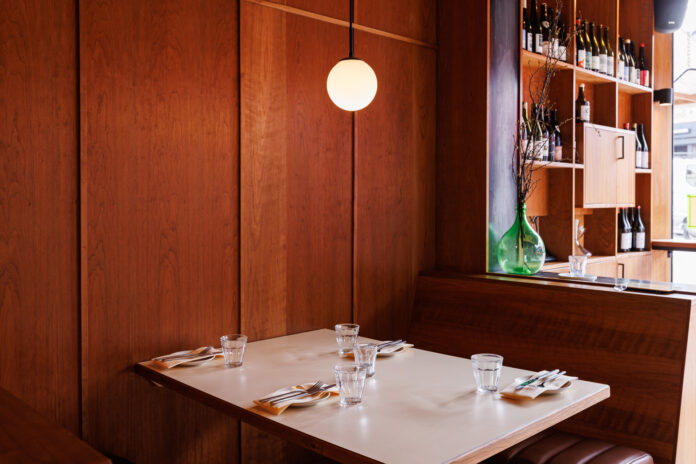We’ve all experienced it: the moment you raise your camera, everyone suddenly becomes acutely aware of their posture, their smile, and exactly where to look. The authenticity vanishes, replaced by stiff poses and artificial grins. But what if your smartphone holds the secret to capturing those genuine, unguarded moments that truly tell the story of your travels? Elevating your travel imagery starts with embracing the candid approach, and your smartphone is the perfect tool for the job.
In an age where everyone is hyper-aware of cameras, candid travel photography has become both more challenging and more valuable than ever before. Research shows that over 92% of all photos are now taken with smartphones, with travellers capturing over 1.8 trillion images annually. Yet with the right techniques and mindset, your device can help you document the authentic spirit of a place.
Why Smartphones Are Perfect For Candid Travel Photography
The ubiquity of mobile phones means they’re remarkably inconspicuous. When you’re holding your device, passersby can’t tell whether you’re checking messages or composing a photograph. This anonymity is golden for candid photographers.
Modern handsets like the iPhone 17 pack incredible camera technology into a pocketable form. With features like 48MP sensors across all lenses, improved low-light performance, and advanced computational photography, today’s devices rival dedicated cameras for travel work. The iPhone 17’s Centre Stage front camera and upgraded stabilisation mean you can capture sharp, detailed candids even in challenging conditions.
Moreover, your phone is always with you. Professional photographers report that nearly 15% now combine traditional cameras with smartphones for their work, recognising the unique advantages mobile devices offer for spontaneous moments.
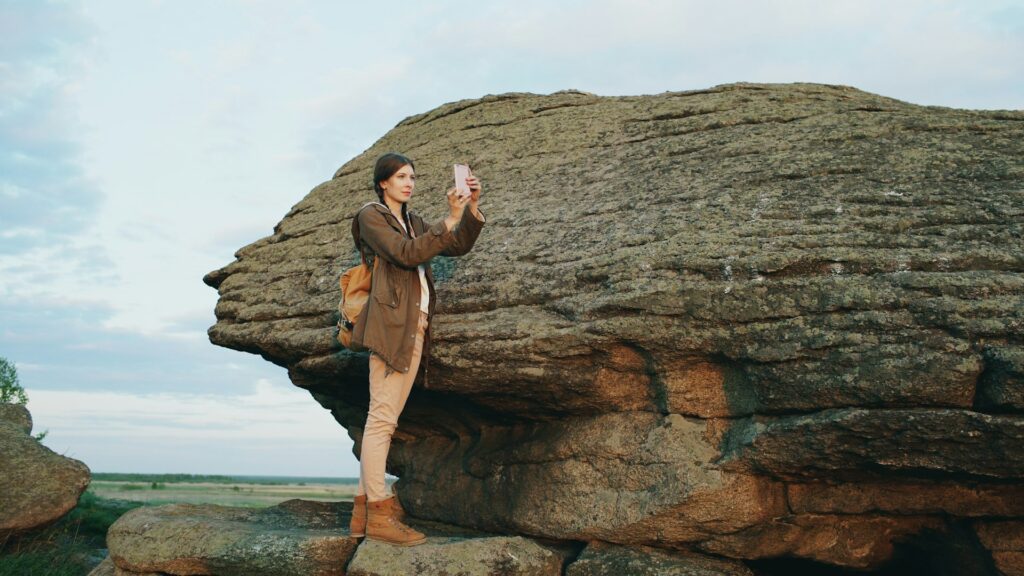
Master The Art Of Being Unobtrusive
The cardinal rule of candid photography is simple: don’t disturb the scene. This requires a combination of physical positioning, technical preparation, and social awareness. Position yourself at a slight distance from your subject, ideally at eye level or slightly above. Work from the periphery of a scene rather than standing directly in front of people.
One clever technique is to pretend you’re photographing something else entirely. Point your device at a building or landscape, but compose your shot to include the person or scene you’re actually capturing. You might also try the ‘hip shot’ approach, holding your phone at waist level and shooting without looking at the screen.
Always be mindful of cultural sensitivities and personal privacy and respect local customs. If someone indicates they don’t want to be photographed, respect their wishes immediately.
Technical Settings For Quick Capture
Candid moments are fleeting, so technical preparation is essential. Set your camera app to be accessible from your lock screen. Most devices allow you to swipe directly to the camera without unlocking, which can save precious seconds when that perfect moment appears.
Use burst mode liberally. Rather than trying to capture that single perfect instant, hold down the shutter button to take a rapid sequence of images. This dramatically increases your chances of catching the precise moment when someone’s expression is most genuine.
Turn off your camera’s shutter sound and flash. The audible click draws attention, whilst the flash produces harsh, unflattering light. Instead, embrace natural light and slightly higher ISO settings if necessary. Modern mobile cameras handle noise remarkably well.
Keep your lens clean. Phone lenses spend all day in pockets and bags, accumulating fingerprints and dust. A quick wipe with a soft cloth before shooting ensures your images remain sharp.
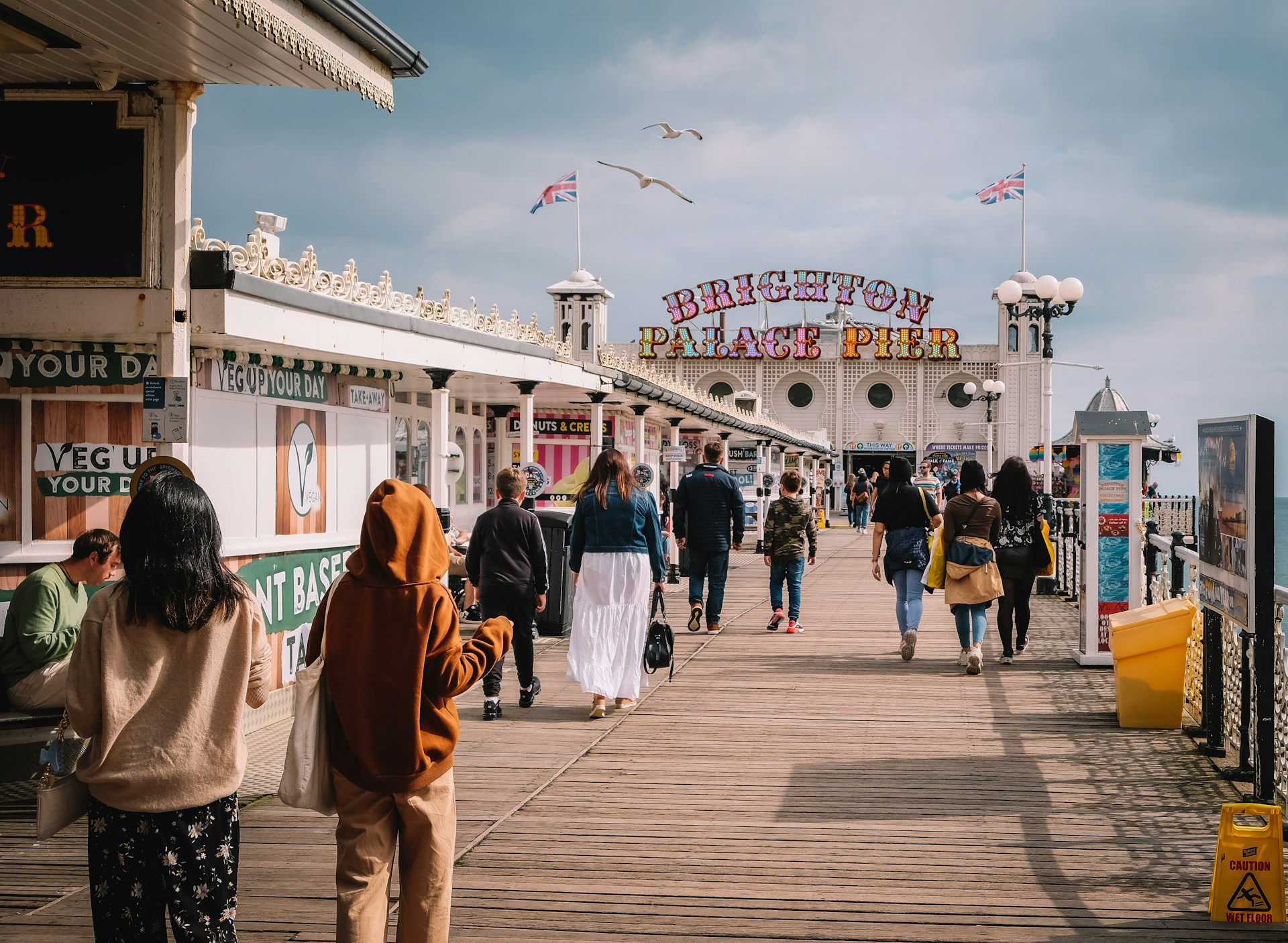
The Power Of Patience & Anticipation
Great candid photography requires developing what Henri Cartier-Bresson famously called ‘the decisive moment’. This skill comes from observation and patience. Rather than constantly moving and shooting, find a promising location and wait. Whether you’re planning cold-weather getaways or visiting summer hotspots, seek out spots where life naturally unfolds: a busy market, a quiet café, a scenic viewpoint where locals gather.
Watch for patterns in human behaviour. People tend to repeat certain gestures and expressions, especially in familiar environments. A market vendor might have a particular way of arranging their produce; a street performer might pause between acts in a characteristic pose. By observing these patterns, you can anticipate moments before they happen.
Consider the background as carefully as your subject. A cluttered or distracting backdrop can ruin an otherwise perfect candid shot. Use your phone’s portrait mode judiciously to blur backgrounds, but don’t overdo it. Sometimes the context provided by a sharp background tells an important part of the story.
Composition Techniques For Authentic Storytelling
Even spontaneous shots benefit from strong composition. The rule of thirds remains your friend. Place your subject off-centre for a more dynamic, professional-looking image. Most cameras can display a grid overlay to help with this; enable it in your settings if you haven’t already.
Look for leading lines that draw the eye toward your subject. Streets, pathways, architectural elements, and even shadows can create these natural guides. Frame your shots through doorways, windows, or archways to add depth and context.
Don’t be afraid to get close, but equally, don’t neglect the power of distance. Wide shots that capture a person within their environment can tell stories that close-ups cannot. A solitary figure in a vast landscape or children playing in a historic plaza provide context that makes travel photography truly evocative.
Experiment with different angles. Shooting from a low angle can make subjects appear more powerful or dramatic, whilst a bird’s-eye view can reveal patterns and relationships between elements that aren’t visible at eye level.
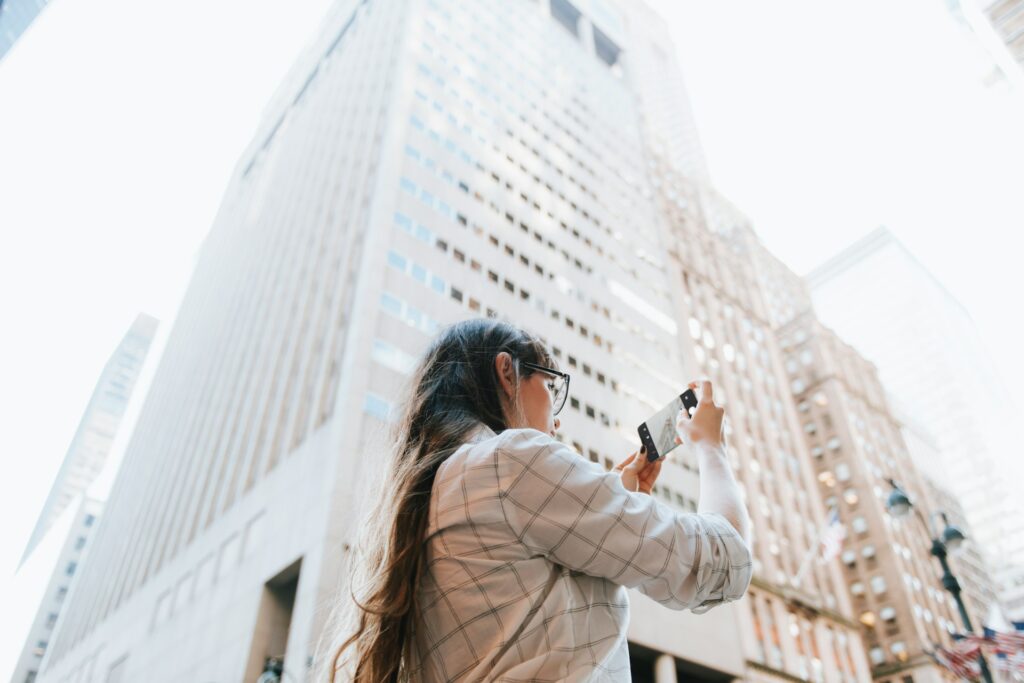
Light: The Candid Photographer’s Best Friend
Light transforms ordinary scenes into extraordinary photographs. The golden hours (the hour after sunrise and the hour before sunset) offer warm, flattering illumination that adds magic to candid shots. Plan your photography sessions around these times when possible.
However, candid photography often means working with whatever light is available. Overcast days provide beautifully diffused illumination that’s forgiving and even. Harsh midday sun is challenging but manageable if you seek out open shade or use the sun as a backlight for dramatic silhouettes.
Indoor candid work presents its own challenges. Window light is your ally. Position yourself so that natural illumination falls on your subject’s face. Many modern handsets excel in low light, but don’t be afraid to embrace the mood that dim lighting creates.
Building Rapport Without Breaking The Moment
Sometimes the best candids come after initial contact. Approaching someone, having a brief conversation, and then continuing to photograph whilst they return to their activities can yield images that combine authenticity with permission. This approach is particularly valuable when sampling street food across Asia, where vendors and artisans are often happy to be photographed if you show genuine interest in their work.
The key is to engage naturally, without immediately raising your camera. Buy something from a market stall, ask about a craft technique, or simply observe for a while. Once you’ve established a friendly presence, people often forget about the lens and return to their natural state.
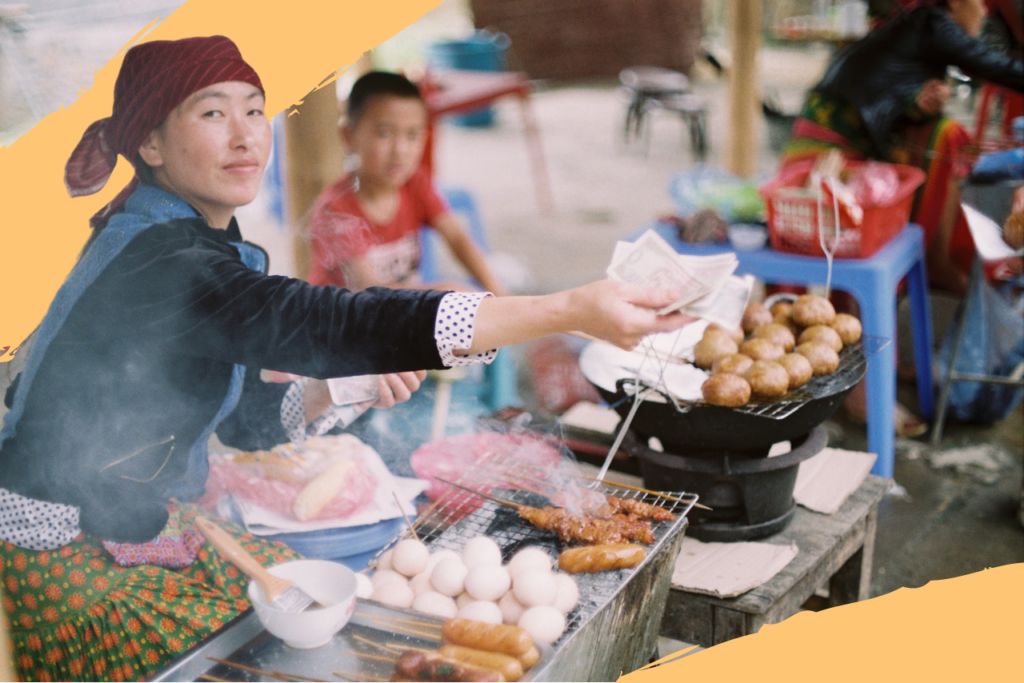
Post-Processing: Enhancing Without Destroying Authenticity
The debate around post-processing in candid photography is nuanced. Studies suggest that candid photos make observers feel more connected and perceive subjects as more genuine. Heavy manipulation defeats this purpose, but subtle adjustments can help your images better convey the scene as you experienced it.
Crop judiciously to improve composition, but resist the temptation to over-edit. The slight imperfections in a candid shot often add to its authenticity rather than detracting from it. Overly polished images can feel sterile and artificial.
Apps like Snapseed or Lightroom Mobile offer powerful tools whilst maintaining a non-destructive workflow. Adjust highlights and shadows to recover detail, add a touch of vibrance to make colours pop, and straighten horizons. But know when to stop.
Practical Considerations For Travel
When you’re preparing your travel essentials, don’t forget the gear for mobile photography. A portable battery pack is crucial. Nothing is more frustrating than missing shots because your device died. Consider a small cleaning cloth for your lens, and if you plan to do any long-exposure or low-light work, a compact tripod can be invaluable.
Storage management becomes critical when shooting in burst mode throughout a trip. Regularly back up your images to cloud storage or transfer them to a laptop. This not only frees up space but protects your work.
Be mindful of your surroundings whilst shooting. It’s easy to become so focused on getting the shot that you don’t notice your own safety or that you’re blocking a pathway. Travel photography should never come at the expense of your security or others’ convenience.
The Bottom Line
Capturing candid travel shots with your mobile is an art that combines technical skill, social awareness, and creative vision. The beauty of this approach lies in its accessibility. You don’t need expensive equipment or years of training to document authentic moments from your journeys. What you do need is patience, respect for your subjects, and a willingness to see the extraordinary in ordinary moments.
Whether you’re discovering Britain’s most forward-thinking destinations or wandering through familiar streets with fresh eyes, your device can help you create images that don’t just document where you’ve been, but convey how it felt to be there. The secret isn’t in the latest camera technology, but in your ability to observe, anticipate, and capture those fleeting moments that reveal the true character of a place and its people.





